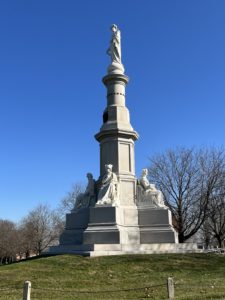
Abraham Lincoln famously gave his Gettysburg Address on November 19, 1863, at what is now the National Cemetery. A commemoration is held every year on that date with prominent speakers, reenactors, and musicians. For Lincoln scholars and aficionados, the days leading up to the 19th are the annual Lincoln Forum. I’ve been privileged enough to attend the Forum every year since 2014, including this past week.
I arrived early morning on November 16th and joined colleagues at the Lincoln Diner in downtown Gettysburg for a robust breakfast. About twenty of us then headed out to the National Cemetery for a fascinating private tour by my colleague Scott Schroeder exploring the mysteries of who took the half dozen extant photos of the dedication. And that was before the Forum even began!
The Lincoln Forum officially begins with happy hour and dinner on the 16th. This year featured NPR’s Morning Edition host, Steve Inskeep, whose most recent book, Differ We Must, explored how Lincoln deftly interacted with those people who disagreed with him. I was lucky enough to have a short conversation with him and get a photo.

The first full day brought an amazing slate of speakers, such as Ron White, Craig Symonds, Kate Masur, and Forum Vice Chair Jonathan White. There was also a panel discussion including the likes of Ed Achorn, Joe Fornieri, Ron White, and Harold Holzer, moderated by Erin Carlson Mast. Not to be outdone, there was after-dinner entertainment from Jay Ungar and Molly Mason, the musical team that created the soundtrack to Ken Burns’s Civil War miniseries.
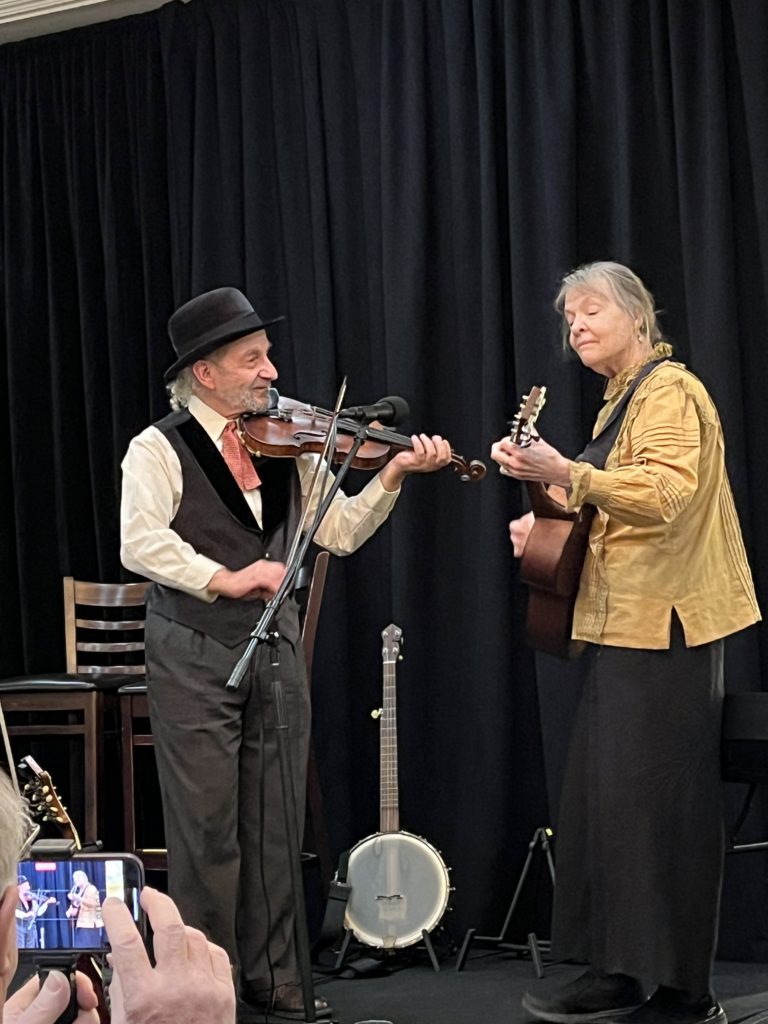
The final day was just as interesting, with Achorn returning to discuss his book about the 1860 Chicago Republican convention, which was given the Harold Holzer Lincoln Forum Book Prize. Then there was Edna Greene Medford in conversation with Matthew Norman, co-author of an amazing compilation of African American voices on Lincoln, followed by a panel discussion featuring Allen Guelzo, Michelle Krowl, Dana Shoaf, and Melissa Winn, moderated by Jonathan White. It didn’t end there – the afternoon featured seven breakout sessions and a tour for first timers.
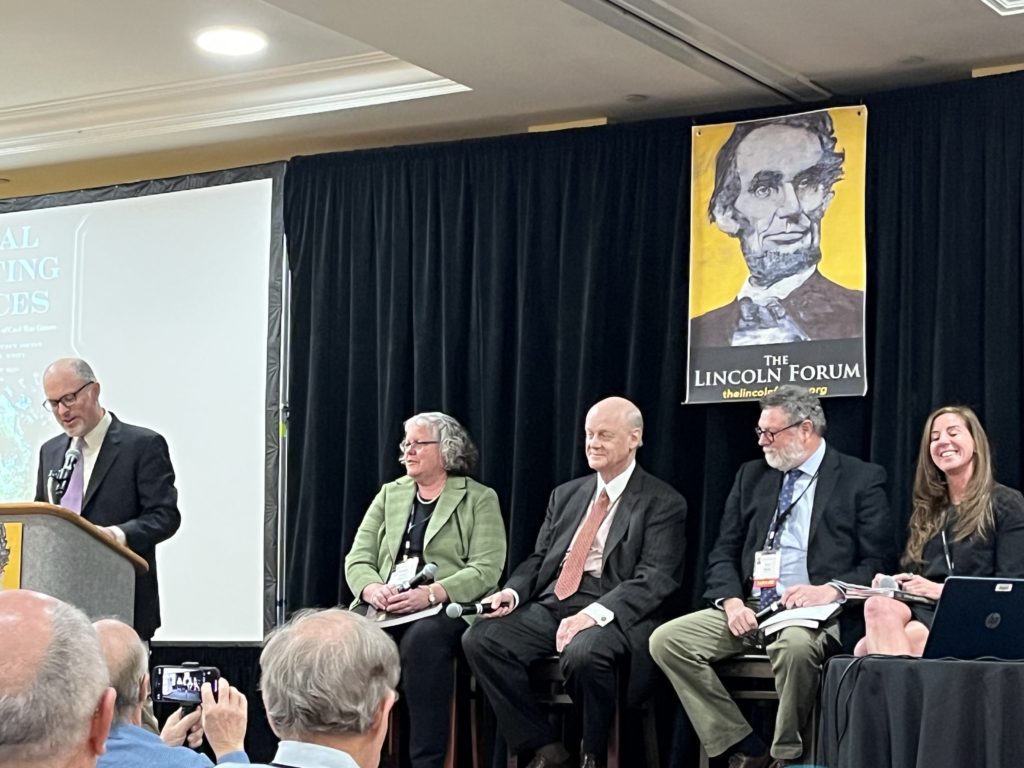
The Lincoln Forum wrapped up its final night with its usual fantastic dinner. But the highlights were a reading of the Gettysburg Address by actor Graham Sibley, that everyone in attendance agreed was the finest rendition of the famous address any of us had ever heard. Then Harold Holzer led a session in conversation with the incomparable Doris Kearns Goodwin and her film production partner, Beth Laski. It was their film for the History Channel that starred Sibley, and it’s easy to see why it was so successful.
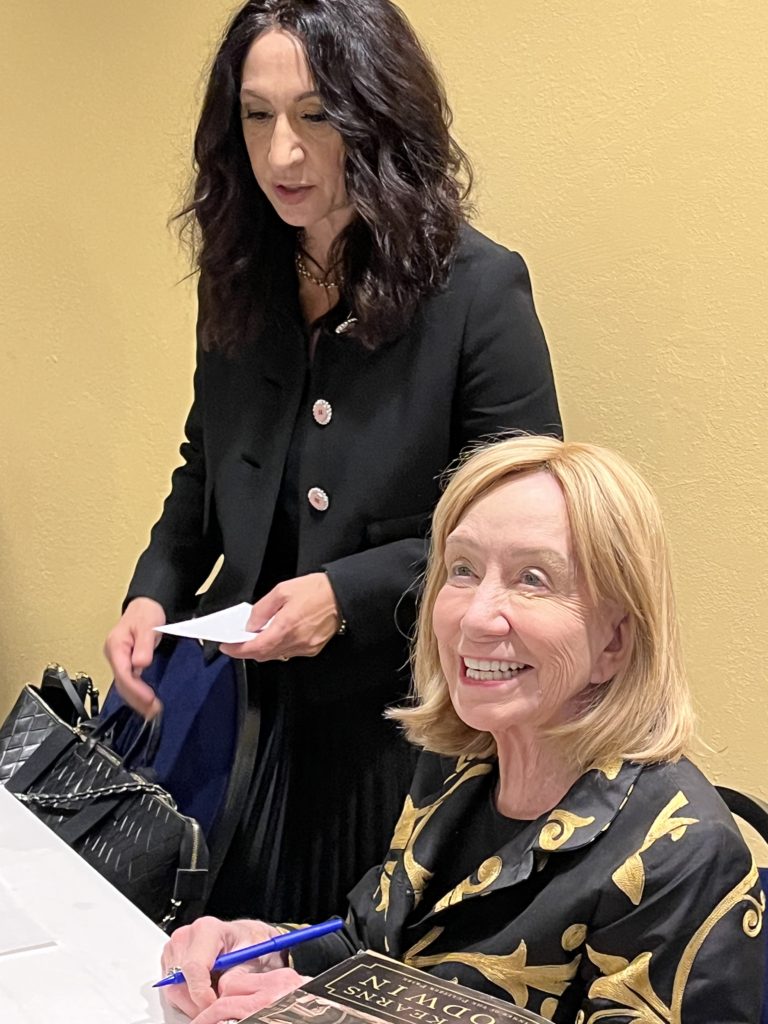
This conference has become my go-to conference each year in November, and 2023 showed why it has succeeded for 28 years. If you’re into Lincoln, this is the place to be in November. I’ve already put the 29th annual symposium on my 2024 calendar.
[All photos by David J. Kent, 2023]

Lincoln: The Fire of Genius: How Abraham Lincoln’s Commitment to Science and Technology Helped Modernize America is available at booksellers nationwide.
Limited signed copies are available via this website. The book also listed on Goodreads, the database where I keep track of my reading. Click on the “Want to Read” button to put it on your reading list. Please leave a review on Goodreads and Amazon if you like the book.
You also follow my author page on Facebook.
David J. Kent is President of the Lincoln Group of DC and the author of Lincoln: The Fire of Genius: How Abraham Lincoln’s Commitment to Science and Technology Helped Modernize America and Lincoln: The Man Who Saved America.
His previous books include Tesla: The Wizard of Electricity and Edison: The Inventor of the Modern World and two specialty e-books: Nikola Tesla: Renewable Energy Ahead of Its Time and Abraham Lincoln and Nikola Tesla: Connected by Fate.



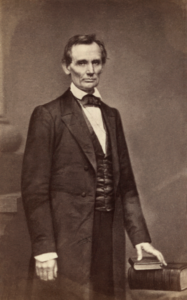 On this date, November 13, 1859, Abraham Lincoln agreed to give a speech at Cooper Union in lower Manhattan in New York City. History suggests this is the speech that made Lincoln president.
On this date, November 13, 1859, Abraham Lincoln agreed to give a speech at Cooper Union in lower Manhattan in New York City. History suggests this is the speech that made Lincoln president.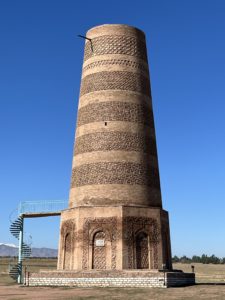 One of the stops on my region tour of several
One of the stops on my region tour of several 









